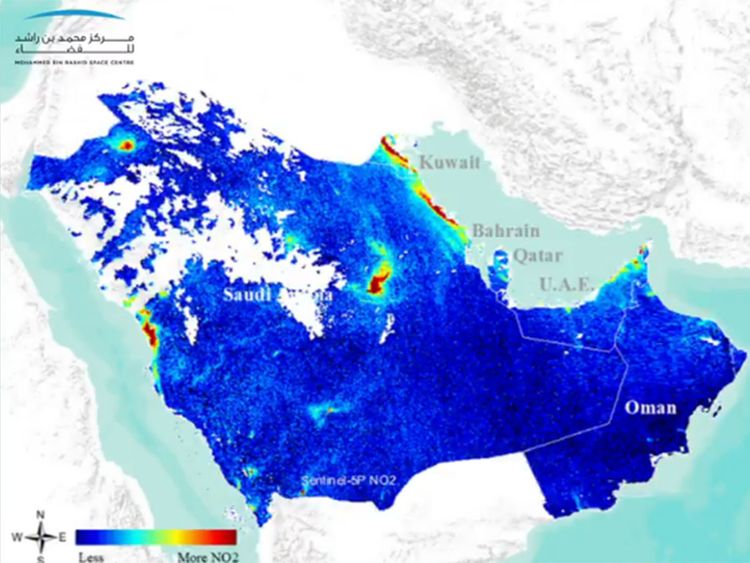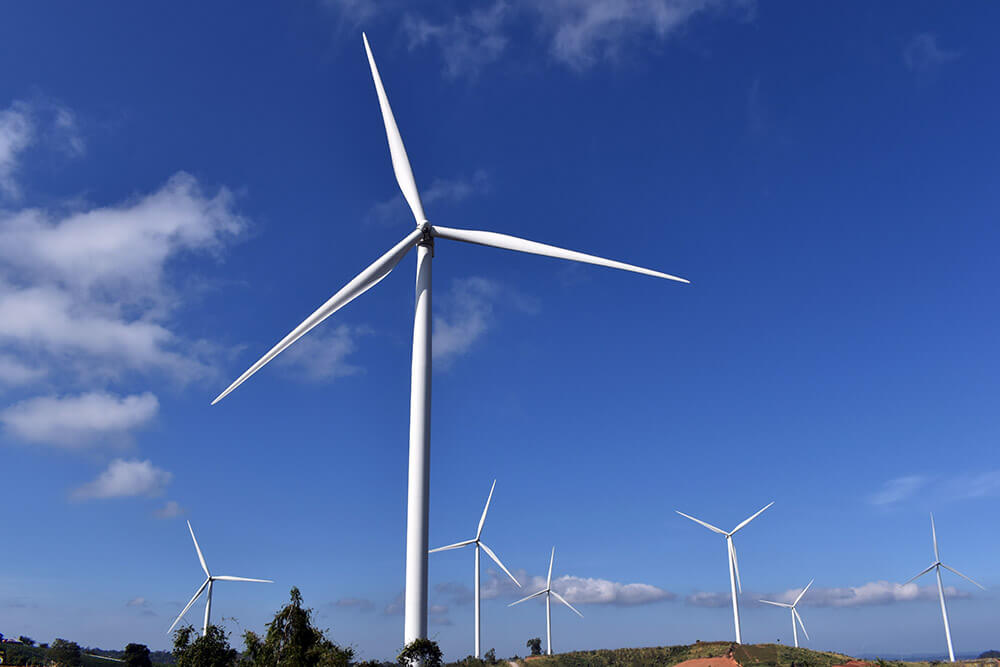
15 Apr Has COVID 19 Helped Heal Our Earth?
Well-received, positive news during such a distressing time – but just how much of this is true?
Is Your Source Reliable?
According to an article written by Natasha Daly for National Geographic, many of these viral enviro-healing stories are simply “fake feel-good” news. Reports whose popularity has thrived off of the current inimical global state of affairs.

In terms of having an immediate effect on the habits and livelihood of many wildlife species, this pandemic has not yet shown drastic positive changes. In fact, the Venitian swans have always inhabited the canals, their sightings always kept limited as a result of tourist traffic. As for the photographed dolphins, it has been confirmed that what appeared to be photos of dolphins in the canal waters of Venice, were in fact taken a few hundred miles south, in a Sardinian port.
The source of the languorous Yunnan vineyard elephants has not yet been confirmed, however, Chinese reporters have disproved the claims, saying that the presence of these wild animals are not completely out of the ordinary, and assured none were passed out in any vineyard or tea field.
There will undoubtedly have been sightings of animal visits in areas that are otherwise not known for their roaming wildlife since streets, roads, parks, and other public areas are much less densely populated. However, we must also appreciate that since the removal of all distractions that came with the daily bustle of life, we are becoming more observant and appreciative of what has been surrounding us. Noticing other forms of life we, under previous conditions, would have dismissed.
The Real Positive Impacts of the COVID-19 Lockdown
Despite the inaccurate statements that have taken the internet by storm, there are a few scattered amongst the misrepresentations that hold truth.
1. A decline in nitrogen dioxide
Nitrogen dioxide is mostly produced by vehicles, industrial facilities, and power plants. Due to the increasing number of lockdowns, traffic and the use of many industrial facilities have been reduced, causing nitrogen dioxide levels to fall significantly.

Air pollutants in the Gulf region were recorded between November 26, 2019, and March 27, 2020. Image Credits: Mohammed Bin Rashid Space Centre
2. Fine particulate matter falls
Fine particulate matter, otherwise known as (PM2.5), is an air pollutant that is a concern for people’s health when levels in the air are high. Studies have shown that approximately 77,000 lives have been saved in China as a result of considerably low (PM2.5) levels during the lockdown.
3. Largest decline in carbon dioxide emissions since WWII
A Carbon Brief analysis recently published found that CO2 emissions could fall by more than 4% in 2020 compared to 2019 levels, making it a bigger annual drop than any previous economic crisis or wartime.

For the first time in decades, the Himalayas can be seen from India after pollution and smog cleared due to the lockdown put in place. In addition to all this, the ozone layer has been showing signs of healing and has the “potential to fully recover”, according to a recent study. This otherwise unlikely success in the reversal of environmental damage has proven that orchestrated global action can and will make a difference. Nevertheless, these changes were first recorded well before the outbreak of the virus; despite the virus playing a large role in maintaining the mending of the ozone layer, it did not instigate the process.
Undoubtedly this turnaround is incredibly beneficial for our Earth and its atmosphere. Unfortunately, these positive impacts remain short term. If we take into consideration the patterns of earlier crises, one can only predict nitrogen dioxide levels, (PM2.5), and carbon emissions will be set to return to pre-pandemic conditions.
In effect, we would once again be adapting to dramatic alterations to the way we live and work, bringing most, if not all, of what we know and do to a grinding halt.

